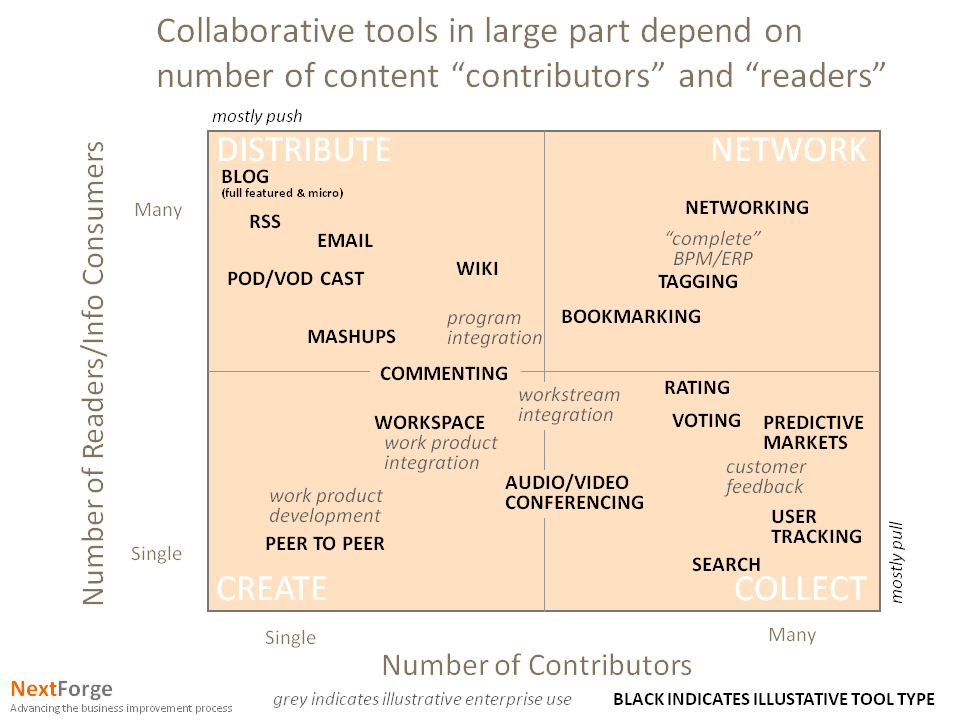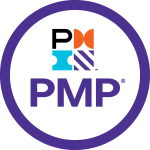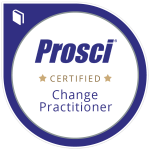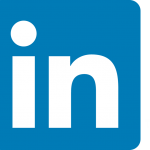“…the most important question for any organization is this: are we changing as fast as the world around us? ” Gary Hamel, “What is adaptability?“, Management Innovation eXchange blog, 11.8.2012
Why Social Business?
 There are at least two solid reasons to be interested in social business, just based on part of Professor Hamel’s blog excerpt above. First, change is relative and the benchmark you should be thinking about is external- your competition and, probably more importantly, your customers. Second, how will you know how fast the world is changing, that external benchmark, unless you are collecting data from the fringe of the organization? Both of these issues can be a core value-add of social business inside the enterprise finding and sharing information.
There are at least two solid reasons to be interested in social business, just based on part of Professor Hamel’s blog excerpt above. First, change is relative and the benchmark you should be thinking about is external- your competition and, probably more importantly, your customers. Second, how will you know how fast the world is changing, that external benchmark, unless you are collecting data from the fringe of the organization? Both of these issues can be a core value-add of social business inside the enterprise finding and sharing information.
Why start with tools?
Let’s start with a simple analogy to think through embedding social business in the enterprise. I don’t know anyone who walks out to the tool shed, or into their garage, and starts their Saturday chores with “I think I will use my shovel today”. Instead, we head into the garage looking for the tool(s) to knock-out our to-do lists. And, then it’s on to the home center to get the tools and materials we don’t have handy, or replace what we have loaned to a relative or neighbor.
So why is there so much hype and energy about the social tools? I guess, to mix my metaphors, it is like the car advertisements. Manufacturers are pushing their products and features and the tech-folks are caught up in the cool-factor.
As a management consultant, focused on helping clients improve their business, we single-mindedly concentrate on delivering business outcomes. We are tool agnostic, and often will readily substitute tools. We have been working with social tools ourselves, and with our clients, for more than a few years now and find a number of success criteria.
- Define business outcomes (what the tech folks love to call use cases).
We believe there are a number of generic outcomes enabled by the social platforms
- Faster and easier collaboration for strategic projects, enabled by synchronous communications (e.g., video, chat) and asynchronous communication (e.g., forums, common folders, shared files)
- Increased access to information and people
- Supporting environment for community development (interest, practice)1
We have found a very tight scope of work, for example specific strategic initiatives, with social processes “designed in” from the beginning can also be an initial foothold in creating enterprise engagement.
- Drive adoption through traditional and emerging change leadership and change management practices; Then support viral growth through community moderation
- Begin with targeted stakeholders
For example, GE “rolled it out to our power users… [trying to] get that user adoption right off the bat”2
Specific examples include:
- “We are solving problems faster”2
- Better collaboration (Estimate of collaboration as % of social business benefit range from 37% for consumer packaged goods to 98% for professional services)3
- Making connections easier
“one in three connections… are across functions. One in four across geographies… And, one in five is across our business units”2
We need to manage how we work together
How we collaborate can be managed through three dimensions (see “Can social media drive enterprise change?” for a more detailed treatment of Environment for execution)
- Guidance- Focus on business results
- Routines- Refine supporting processes and build collective tool kits
- Interactions- Access knowledge and patterns
What doesn’t work?
When there is not enough perceived value to shift behavior there will be no change, no adoption. According to a recent MIT blog summarizing a survey of 56 firms with revenue of more than 1 billion USD, introducing social collaboration platforms requires more than availability of the new technology. The article suggests answering the question “How to provide enough value to get employees to engage and participate?” 4
Don’t start with the tools, but when it’s time…
We believe MIT’s observations foot well with our mental models and our maturing view of social tools and platforms.

 We started with a simple profiling of the more popular tools and key features (“Creating better business outcomes through collaboration” key table on left). Then we progressed to a hypothesis-based approach including a framework defining social inside the enterprise. Our hypothesis- Social is primarily a communications platform with two key variables 1) the number of writers and 2) the number of readers (“Can social media drive enterprise change?” graphic on the right).
We started with a simple profiling of the more popular tools and key features (“Creating better business outcomes through collaboration” key table on left). Then we progressed to a hypothesis-based approach including a framework defining social inside the enterprise. Our hypothesis- Social is primarily a communications platform with two key variables 1) the number of writers and 2) the number of readers (“Can social media drive enterprise change?” graphic on the right).
Several webinars over the last few weeks have triggered a revisiting of our last post on tools. We see the three different approaches to collaboration of three leading platforms as a helpful illustration to better understand the basic differences between some of the established and emerging tools and platforms.
There is a lot of overlap in features among the tool platforms, but having used each of these four illustrative platforms, it will give you a point of departure- something to push against. Of course in this illustration we have greatly oversimplified and ignored the fact that Oracle, SAP and everyone else who makes software now purports to be social.
Key takeaways
- Build social capability to deliver business outcomes
- Embed social processes into your approach
- Leverage traditional change leadership with emerging social platforms & tools
- Adoption of social platform is critical, but not the starting point
Also see “A management renaissance- Innovating for the knowledge age”
1 See Etienne Wenger’s work including Communities of Practice (Cambridge: Cambridge University Press, 1998)
2 Robert Berkman, “GE’s Colab brings good things to the company”, [Internet] MITSloan Management Review, November 7, 2012 [cited November 9, 2012]. Available from http://sloanreview.mit.edu/feature/ges-colab-brings-good-things-to-the-company/
3 Bughin, et al. “Capturing business value with social technologies”, McKinsey Quarterly (November 2012)
4 Robert Berkman, “They built it, but employees aren’t coming”, [Internet] MITSloan Management Review, October 23, 2012 [cited November 9, 2012] Available from http://sloanreview.mit.edu/improvisations/2012/10/23/they-built-it-but-employees-arent-coming/








